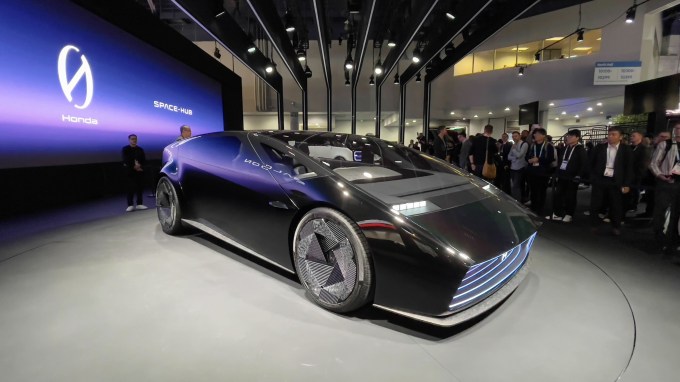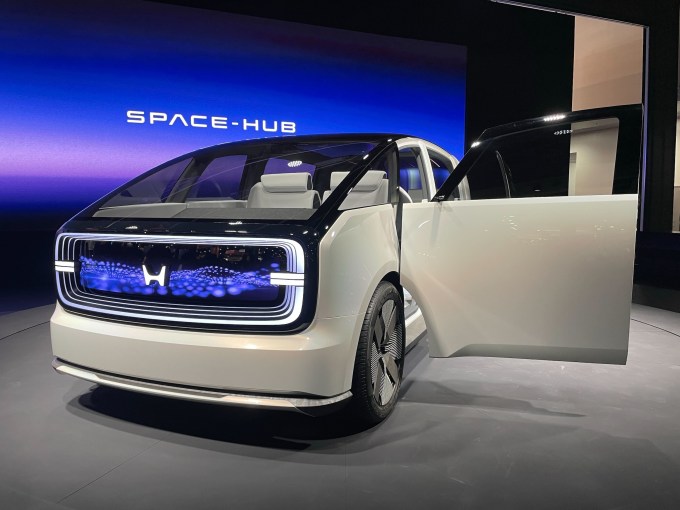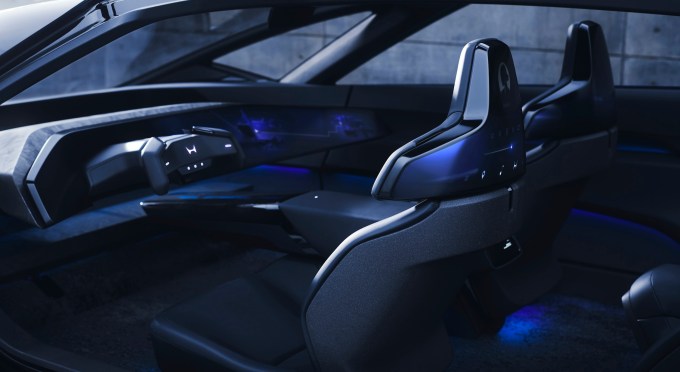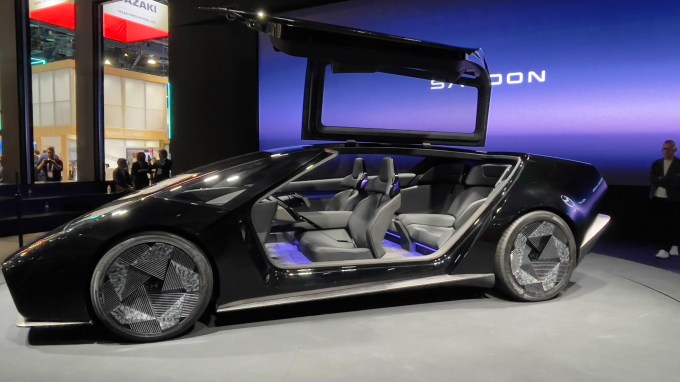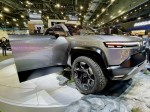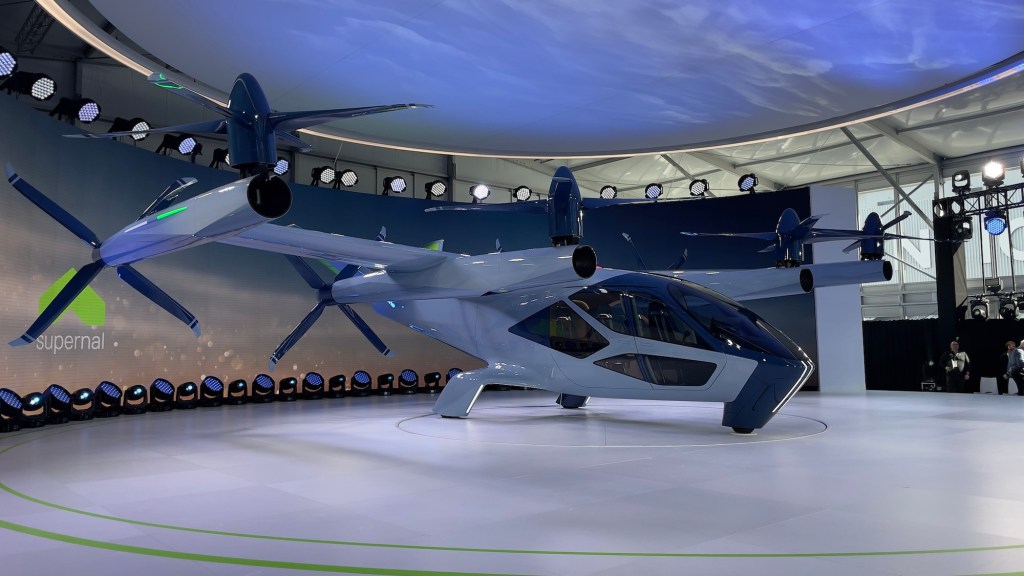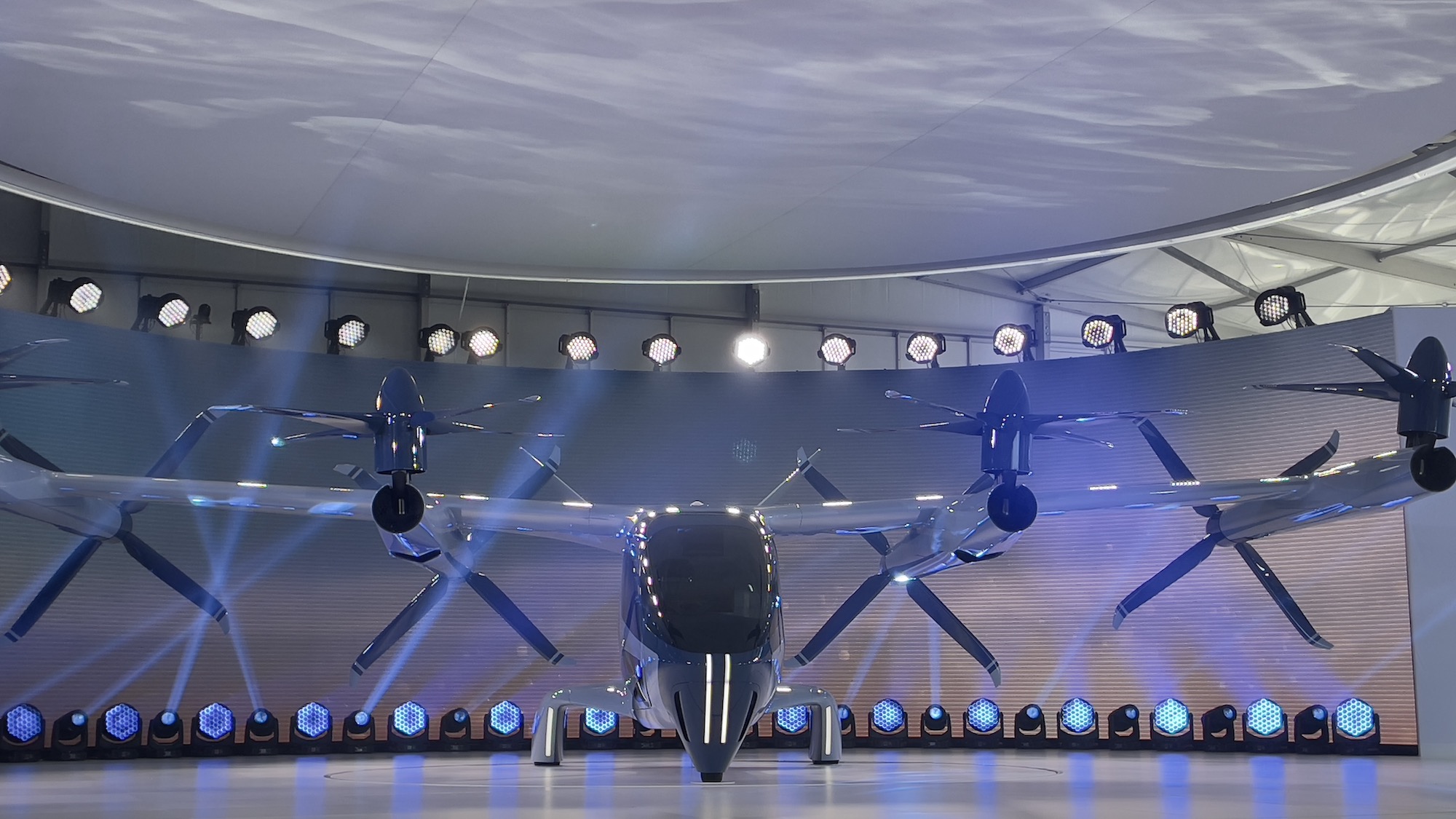
After taking on water during the pandemic, Zin Boats is back with a bigger, better electric watercraft that it has built from the hull up — again. And with the first craft off the line going to none other than Bill Gates, the company’s plan to power a new generation of clean, high-tech boats has kicked off to a promising start.
As with so many businesses, the pandemic hit Zin hard. Despite significant interest in its 20-foot Z2R runabout, the company found itself, like most of the world, unable to assemble suitable supply and manufacturing lines. To add to that, the automotive and marine suppliers providing equipment like batteries, propulsion and the like ended up being less reliable than the startup had hoped.
Founder and CEO of the eponymous company, Piotr Zin, took these setbacks as a challenge. If the car industry wouldn’t sell him batteries, he’d find someone else. And if existing marine motors and parts weren’t good enough, he’d design his own. Such determination is admirable, but the plan did require a bit of time and money.
“Rather than retreat, we said, let’s use this time to invest in R&D,” Zin Boats’ President and COO, David Donovick, said. “We were first to do an electric runabout, but what’s something that we haven’t done?”
Apparently the answer was to make something bigger — and much fancier.
It’s hard to argue with the results. The 11-meter Z11, which will reportedly (though this has not been officially announced or confirmed) act as a tender for a hydrogen-powered $640 million megayacht commissioned by Gates, is the first to use the company’s new technology platform, which will be debuted next week in Tampa. But TechCrunch got a sneak peek at what’s under the floorboards, which is where the magic happens.
(You’ll have to wait for the full reveal to get the real glamour pics. These were taken by the Zin Boats team at their Seattle headquarters.)
A pickup truck’s weight in space batteries

For Piotr Zin (who is, by chance, my neighbor here in Seattle), starting from scratch offered an opportunity to truly reinvent how a boat like this works. One of the first decisions the company had to make was regarding the battery and control systems.
The startup had learned its lesson from relying on more or less off-the-shelf automotive batteries and marine control systems.
Of the batteries, which it originally got from BMW, Zin said, “We were basically in a subservient position where we got their leftovers. We needed a battery supplier that wasn’t going to cut us off.” But the batteries still had to be customizable, highly energy dense, and extremely safe. It only takes one flaming boat to sink a marine startup’s ambitions.
The startup found a supplier in Xerotech, an Irish company that makes a high-durability battery used by electric ore transport vehicles in mines. Its batteries had also been tested and chosen by the European Space Agency for inclusion on the International Space Station. So that’s pedigree taken care of!
These highly customizable cells are super safe and can be put together in hundreds of configurations for powering large or small boats. They’re further wrapped in a thermal isolation material used for orbital reentry vehicles. And if, by some cosmic joke, a cell did manage to ignite, it would immediately be extinguished by a flooding mechanism. No chances are being taken here.
Zin is proud of the fact that the startup not only found this great supplier, but locked down a global exclusive on the marine batteries.
The first Z11 is carrying 400 kWh of batteries — for comparison, a Tesla Model 3 maxes out at 83 kWh. Zin and Donovick said the batteries weigh as much as a Ford F150, and are located below deck to provide maximum stability. All told, the boat tips the scales at 6,266 kilograms. That’s pretty low for a boat carrying a pickup truck — mostly because Zin chose to use carbon fiber for every place another material isn’t absolutely necessary.
‘You literally just plug this into that’

One would think that the relative simplicity of electric drive systems, compared with their internal combustion cousins, would be simpler to control. And they are — but simpler doesn’t mean simple.
Zin, an experienced industrial and electric engineer, gave up on using the standard components used by most boats to connect the control systems, batteries, and motors.
“I had crates of random electronics and cabling; their technician came over to put it together. It was supposed to take a day, and it took a week and a half. So our system, you literally just plug this into that,” he said.
“This,” to be clear, is Zin’s all-in-one control unit that unifies a dozen functions in one attractively machined block of aluminum that turns joystick movements into thrust vectors and propeller speeds. Whether you have two motors or one, or three, or extra thrusters, or this or that voltage or some other variation, you just plug the control unit in to “that,” meaning the propulsion and general cabling.
In fact, Zin is planning to sell this central control unit and all the below-deck stuff. The Z11 is sort of “both a prototype and a viable boat — it demonstrates that the next generation of technology is not just possible, but it’s here,” said Donovick.

“The majority of our work went into just making the damn thing go,” said Zin. “What we put on top, how it looks and feels, is not that difficult to change.”
Zin will make its own boats, but it also intends to happily sell the basic package — batteries, control unit, and propulsion — for as little as about $25,000, and boat makers can (and some already are) build their own style of craft on top of it. Smaller Zin boats are planned, but you may buy something from a well-known brand and see a little Zin badge on it, too.
The startup doesn’t plan on making it the most affordable boat out there — it’s too fundamentally high-end — but it said it expects plenty of others to fill in the other market segments. Lenovo and Apple both exist, it noted, and you’re free to choose either one.
But as Zin pointed out, the extra money you might pay up front is offset by a near-total lack of maintenance needed, and, of course, savings on fuel. Depending on the size of one’s boat, that can save tens of thousands yearly.
Proudly made in the Pacific Northwest

One aspect of a boat like this you might not expect to hear about is local pride. Seattle has always been a center of marine activity — we have big ports, bigger ferries and tons of recreational boaters. But it’s one thing to make a custom speedboat, and quite another to make an industry-leading, category-redefining, electric tender of a size and performance few have even attempted.
Turns out, however, nearly everything Zin Boats needed was within about 200 miles of Seattle.
“When I moved here, I fell in love with Seattle and the Pacific Northwest,” Zin said. “And as I learned more about the history of this place, I learned we’re living on top of an untapped talent pool here. That boat [the Z11] supports over a hundred individuals at dozens of companies within the greater Seattle area. The Pacific Northwest is open for business, for building really nice boats.”
Donovick also pointed out that the risk of running a global supply chain has only worsened. If everything but the batteries is within a few hours’ drive, that’s not just convenient, it makes the business more resilient.
“We love the local impact,” he said. “But the other thing is, we’re living in scary times, with trade wars, tariffs, and supply chain problems. These are real concerns.” Focusing not just on being U.S.-built but locally built has a cost, but it also has significant benefits.
The new Zin platform (but not this Z11 specifically) will get its official debut at the International BoatBuilders’ Exhibition in Tampa on October 1.





